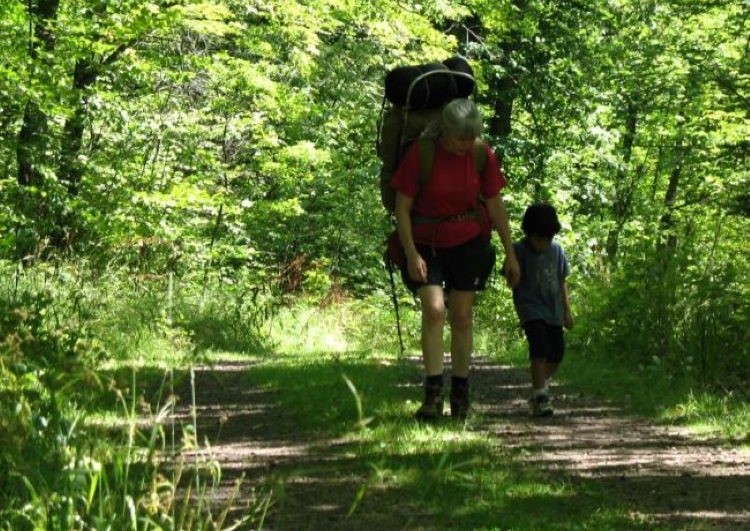I hear a faint scraping of gravel and glance up. An older woman emerges from the other side of the wall that runs parallel to the bench. She wears sagging pants, a loose men's cotton shirt, a baseball cap over thin white hair that falls to her shoulders. She strikes me as unsteady, slightly bewildered--when she sees me, she glances away, then drops her eyes.
I decide to head back home. But I’ve been wondering about the wall and what it means. Something to do with war? Lost soldiers? I notice a plaque facing away from me and go over to read it.
“The Blue Garden,” it says. The garden is meant to invite reflection on what has been lost and is irreplaceable. To reflect both the sorrow and sweetness of melancholy. A stone wall bisects the perfect circle of the garden, a sort of obstacle that prevents resolution. Water runs down the length of it on a course built into its center, and spills over its sides. The sign says the water represents the stream of life, which continues to rush forward, even in the face of endless grief.
The wall comes to an abrupt end just in the center of the garden.
When I pass by the old woman, I give her a brief nod. Her eyes brighten a little as if she’s surprised and heartened to be seen.
I am full of tears. The garden is a feature of my inner landscape, and a talisman of the grief common to every human life.

No comments:
Post a Comment